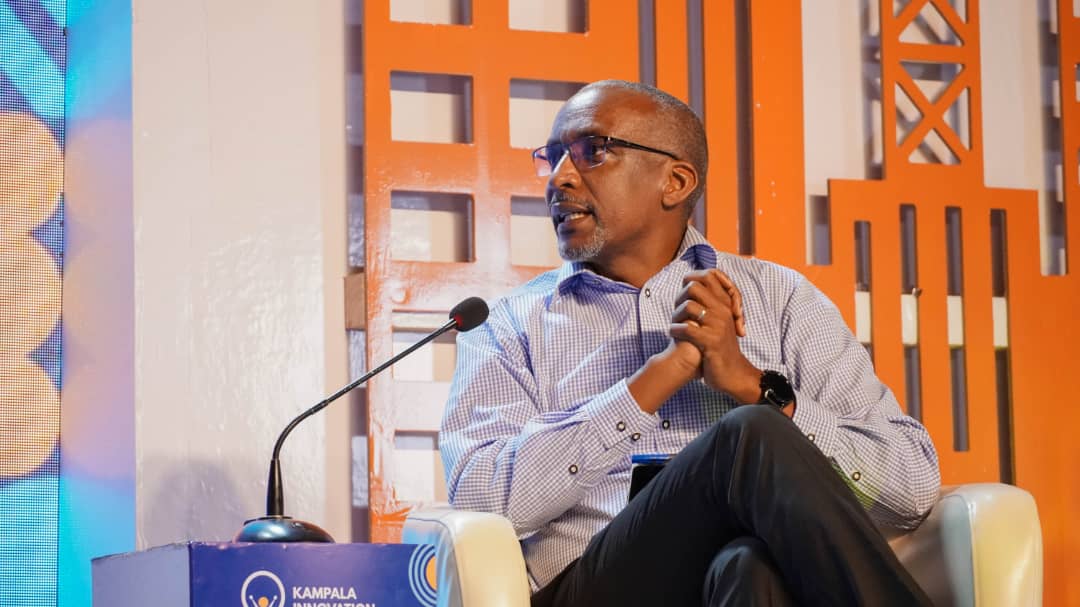The incorporation of information technology in learning has drastically transformed society especially for those who can access the services. On the contrary, the people who cannot access these services, remain in the dark, and this has led to a new stratification in the society whereby, the haves get more vibrant with new ideas while the have-nots remain conversant with the old ideologies.
The huge disparity in access to information and communication technology can be either geographical or socio-economical, and the education sector is adversely affected by this rift and the outbreak of covid-19 has truly made the have-nots feel the great impacts of the digital divide in all spheres of life as far as digitalization and technology are concerned.
Last year, Uganda like other countries was hit by the Coronavirus pandemic and among the sectors that were much affected is the education sector. Although the threats of the pandemic are reducing, majority of schools are still closed. It’s almost 20 months now since learners went home.
Statistics show that over 15 million learners are seated at home which is a big challenge to the Ministry of Education and Sports. As a way of curbing the long stay of learners at home without learning, a Belgian Development Agency – Enabel came up with a digital innovation ‘Teacher-Training Education stand box’ (TTE sandbox) a distance learning strategy which was piloted by the ministry of education. This was entirely to ensure homeschooling as the situation gets back to normal.
When Enabel came with the TTE sandbox, it brought services to communities and provided tools for students to use even when they were not in class. However, on the scale of percentage only a few both students and teachers have such opportunities due to a number of challenges of which some are geographical because some districts don’t have electricity, there are poor networks and their marginal propensity to save and buy gadgets that support such services is 0 percent.
Speaking during the fourth day of Kampala Innovation Week on Thursday at Design Hub Kampala, former Makerere don, also a researcher and a co-founder of Refectory Michael Niyitegeka said that Ugandans should not become spectators in digitization but they should become users and supporters and this calls for government’s full intervention.
“If we are going to drive penetration, then we need to provide digital skills. People need to know the real value of online platforms, and how they can benefit from them. Instagram should not just be a platform for your photos. If we were very intentional about the TTE sandbox, by now it would have scaled up even further. Enable’s TTE sandbox should move further, from Universities and Technical institutes to primary schools. At this point, the sandbox is more than an MVP,” Mr Niyitegeka said.
He added: “I’m hoping for regulation or policy that recognizes digital as a valuation for delivery in all sectors, especially the education sector. Otherwise, I see us going back to factory settings.”
Ivan Eria Kato, the intervention officer at Enabel called upon the government to support the entire education system to ensure there’s digital change across the whole country.
“The internet is a big challenge, but the policy framework is much more limiting. If we don’t address this issue, then there is no room for platforms like the TTE sandbox to scale up,”Mr Kato noted.
He added: “Initially the country didn’t have an environment that would necessitate digital learning. When Covid hit, the necessity came and policies had to be put up to regulate and support digital learning. The TTE sandbox still has a lot of challenges, for example with an internet connection, internet costs and little access to computers and laptops and so we still need support.”
“Some students have access to the internet, while others don’t. Does that mean those that cannot access the internet will not be promoted? Why are some schools left behind?”
The inequality in access to technology is vividly eminent in every society, and some of the contributing factors to the digital divide include, poverty and poor infrastructure, corruption, and bureaucracy as well as education and technical support among others. The education factor in the digital divide is like the dilemma of egg and chicken: both are interrelated and knowing which one precipitates the other is difficult.
Given the impact of covid-19 on the economy, learners from poor families schooling from poor schools especially in rural areas have been left out because both schools and students can not afford distance learning technology while those in the urban centers are schooling using digital means because schools and students can afford such technology without government support.
By the time schools will be open, there will be a very big gap between the urban learners and rural learners yet all of them are going to seat the same examinations. In the long run, the digital divide is likely to facilitate the creation of classes within society.
Do you have a story in your community or an opinion to share with us: Email us at Submit an Article









